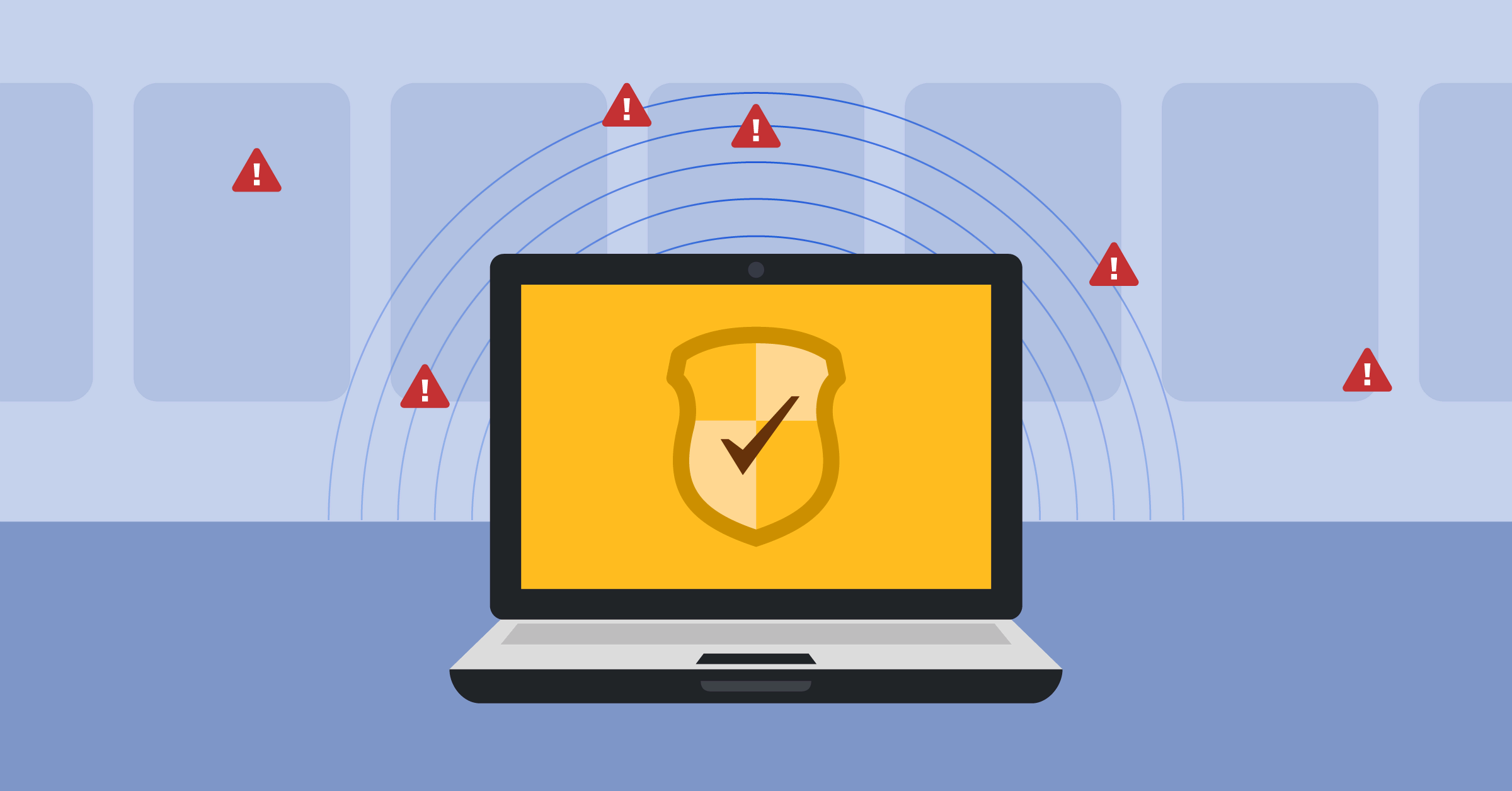
Effective messaging is the key to successful remote productivity
“I love daily stand-ups almost as much as I love agile” is something usually said sarcastically, with an eye roll. But for all the resistance that standups receive (at least among engineers), they do their job surprisingly well. In terms of allowing everyone to share their current progress, roadblocks, and questions, it’s hard to beat a daily meeting where no one is at their computer.
But as working arrangements become more flexible, with team members working from different locations and on different schedules, in-person meetings can hamper communication as much as help it. When teams have to choose between conducting standups and meetings with members absent or canceling the meeting altogether, holding tightly to in-person meetings can lead to communication breakdowns.
Historically, this problem has been solved with email, because it’s easy to broadcast information across time zones and continents, and team members can respond at their leisure. Unfortunately, email threads are terrible places for conversations between multiple people. Savvy teams have started to work around this problem by leaning into their messaging tools when in-person meetings aren’t feasible. Really savvy teams have made this part of their daily rhythms.
Let’s take a look at a few of the reasons why this can be a smart approach for team-level communication norms.
Messaging enables teamwork
Team messaging channels create shared awareness of what’s going on within the team. Unlike a meeting (where you’re stuck in the room until the end of the meeting), team channels let you opt out of any discussion that isn’t relevant to you. It’s easy to scan through previous messages if you want updates.
This is especially true if you have permanently remote team members (either working from home or just other offices). As much fun as it is to be the only person joining a meeting via video stream, it certainly creates the impression that a remote individual isn’t really part of the team.
Team messaging channels, however, create a sense of camaraderie with remote workers, because they put everyone on the same level. The person you’re chatting with could be in the next cubicle or a continent away.
Reducing distractions
We all know that hearing “have a second?” means you’re going to be interrupted long enough that you’ll need to actively regain focus once you’re back to work. This might be the biggest downside of working in an office with your team (as anyone who’s worked in a space with an open floor plan can attest).
While working in close proximity makes it easy to talk to people, it also makes it more challenging to complete complex tasks requiring deep work.
Messaging tools solve this problem by making it easy for people to quickly reach out to one another—while also making it easy to ignore their requests until a more opportune moment. This gives you the upside of easy access while providing important boundaries when you need to focus.
Messaging for agile teams
It’s generally well understood that messaging excels at ad hoc communication, but what about structured communication (for example, as a replacement for daily stand-ups or other regular team check-ins)? This is actually quite common in all-remote organizations, but is underappreciated within co-located teams.
Messaging tools, when combined with automated messages in group channels, are perfect for daily check-ins. It’s easy for each team member to add their own thoughts or peruse others’. This is especially powerful if your team is distributed geographically, because everyone gets the benefit of daily check-ins—but without the constraints of needing to do so at a specific time in a single time zone.
Messaging becomes a crucial tool with automations
The vast majority of modern teams use messaging tools in their daily workflows. But too often, teams begin using messaging without thinking through the impact it can have on their norms and rhythms in the workplace. Messaging can be much, much more than a replacement for email, and it’s worth considering problems that messaging solves, as well as the new behaviors and team structures that it enables.
For Mattermost users, this is demonstrated clearly when teams begin to integrate other tools and information systems within their messaging channels. Just as team members no longer need to work in the same office in order to communicate, they can also plan, code, test, and deploy systems together while working apart. It’s now taken for granted that a continuous integration test running on a server in Virginia can send a failure alert to a channel of users in Los Angeles and London. This can all take place automatically, and it’s a behavior that is entirely enabled by modern messaging tools with robust integrations.
Bots, integrations, and other automations can do a lot more to make messaging a crucial tool for your team. To learn more, check out the Mattermost Integration Guide for an introduction to existing automations and details on how to create your own. It’s easy!
For additional insights on the power of messaging to empower teams, see our Connecting Remote DevOps Teams with Mattermost blog post.
Ready to give messaging a try for your team? Sign up for our Enterprise Edition 30-day trial and start chatting today.
(Editor’s note: This post was written by James Timmins, software consultant and Python developer. If you have any feedback or questions about Effective messaging is the key to successful remote productivity, please let us know.)




